Termites are active all year-round, so there's no bad time to start preparing your defenses against these wood-chewing pests. There are many highly effective DIY termite control steps that homeowners can take to guard their homes. Here is what you need to know.

14 Tips To Help Deal With Termites

1 / 13
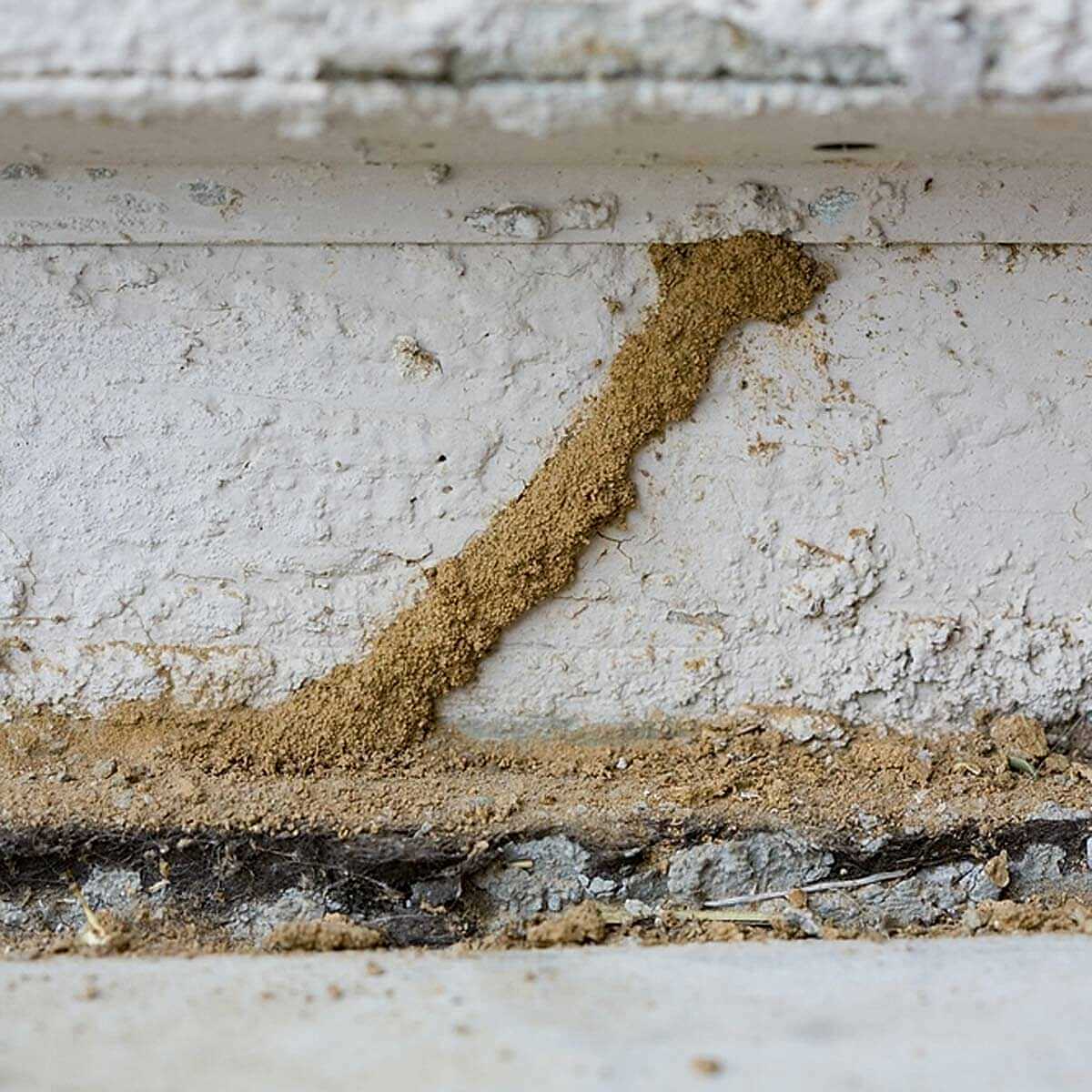
Inspect Your Foundation Each Season
Several times a year, take a slow walk around your foundation and look for any signs of damage so you can formulate a termite treatment plan. No, termites don’t eat concrete, but they do create mud tubes, which are a sign termites are trying to scale up your foundation in search of siding or other tasty wood. If you see mud tubes, it’s time for a closer inspection and some DIY termite control tactics.
2 / 13

Grab Your Flashlight
The easiest way to check for termites is to get a good flashlight and head down to your crawlspace or basement. Take a close look around for any signs of damage or mud tubes, paying close attention to edges and corners. And if you come across wood that you think may have termite damage, you can always try the old thumb test. This DIY termite control tactic consists of pressing your thumb into the wood and if it gives, you’ve got a problem. Another termite treatment tactic is to look for small piles of grass and other signs that termites have been at work.
3 / 13
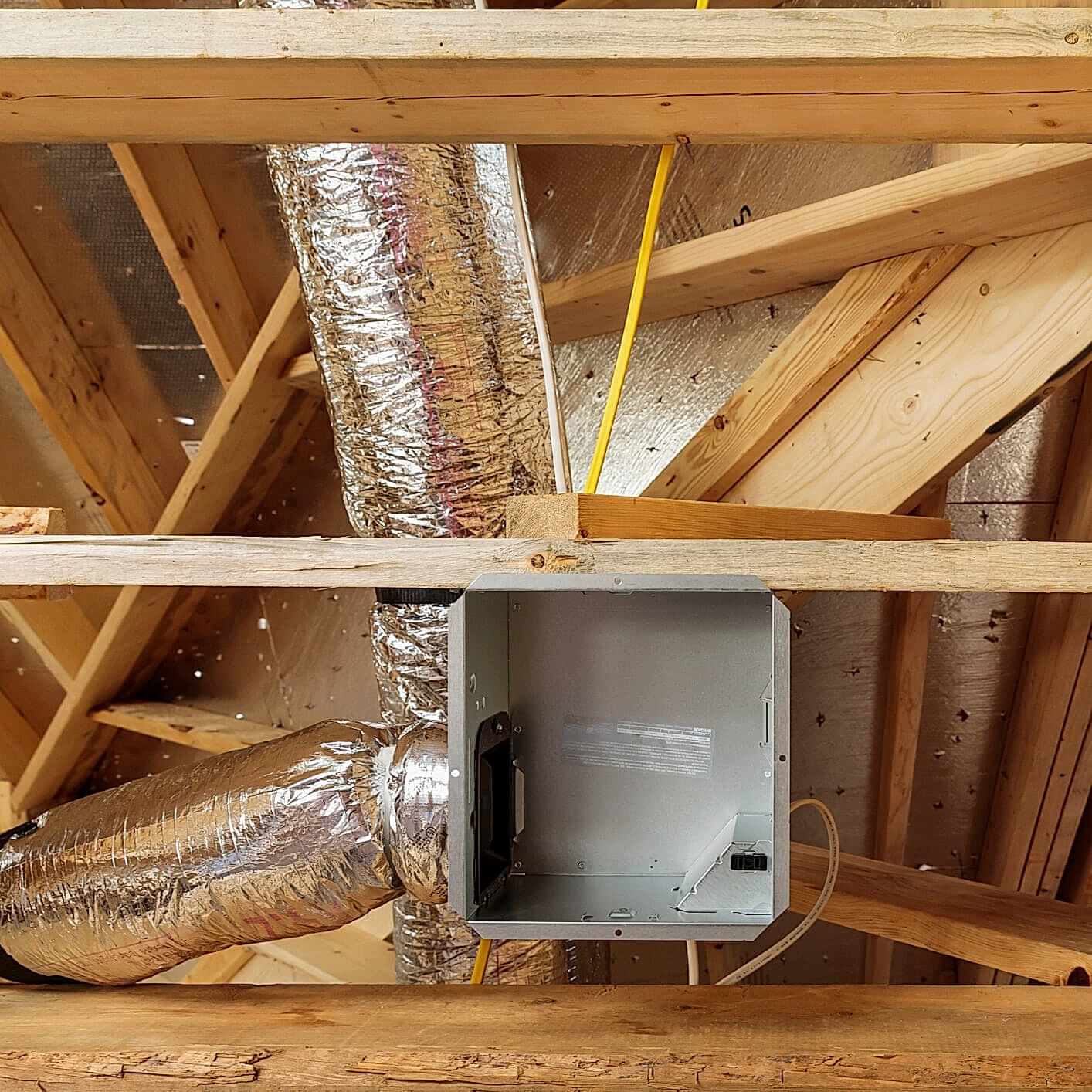
Maintain Proper Ventilation and Sealing
Ventilation and sealing are key to moisture control. Without the right ventilation in attics and basements, condensation can build up and seep into wood and make it the perfect habitat for termites (plus condensation causes mildew and rot). And without the right sealing and moisture barriers, moisture can even build up behind your walls. Without that moisture, termites have fewer reasons to go exploring, which makes this one of the more effective termite control methods.
4 / 13
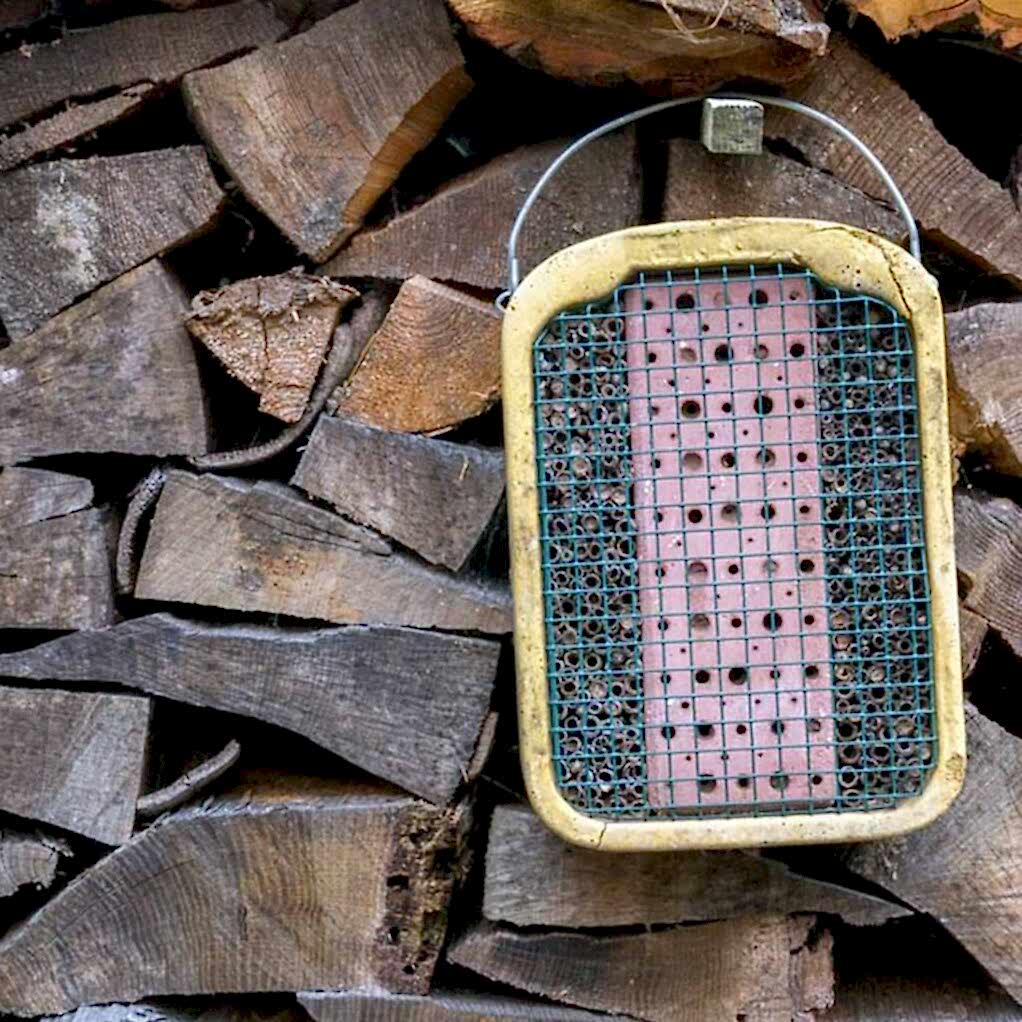
Termites in the Yard? Bait Them Away
Have you seen termites in your yard? The last thing you want is for them to find your house. And this is where termite bait stations shine. Termite bait stations work as a termite repellent to draw termites away from your house and help to destroy the nest before the termites can do too much damage.
5 / 13

Keep Wood Piles Away From Your House
For termites, it’s an easy trip from external wood to siding and internal wood. You don’t want to give them any “springboards” into your house. Keep all wood piles at least 20 feet away from your house, whenever possible for DIY termite control. And that includes firewood, mulch piles, and nature’s wood pile, the tree stump. This is one of the quickest termite control methods you can employ.
6 / 13
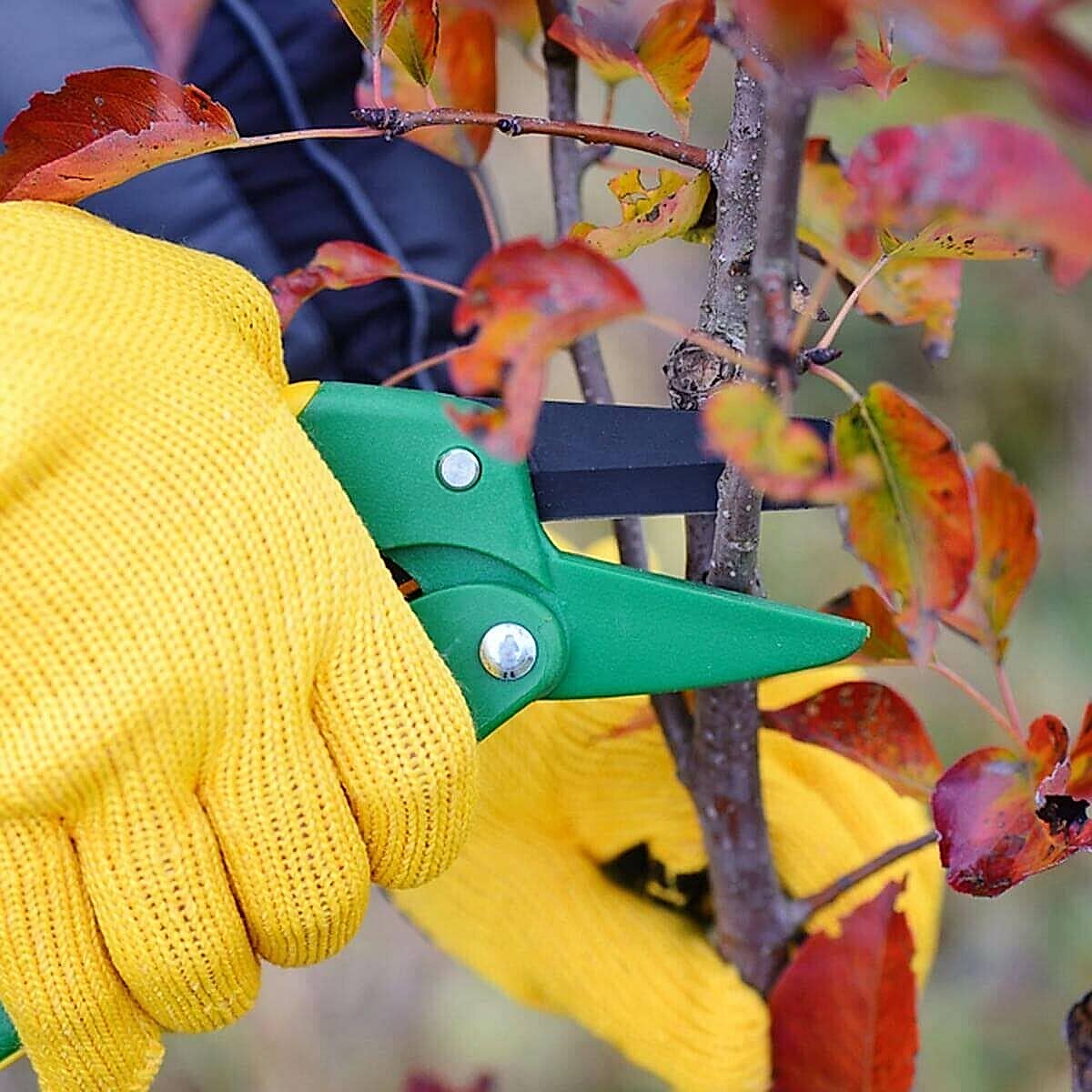
Trim Trees and Shrubs
Living vegetation can be a problem, too. Keep shrubs trimmed and well away from your house. Don’t push mulch up against your house when taking care of bushes and plants. And if you have nearby trees, make sure no limbs are close to your home for DIY termite control.
7 / 13
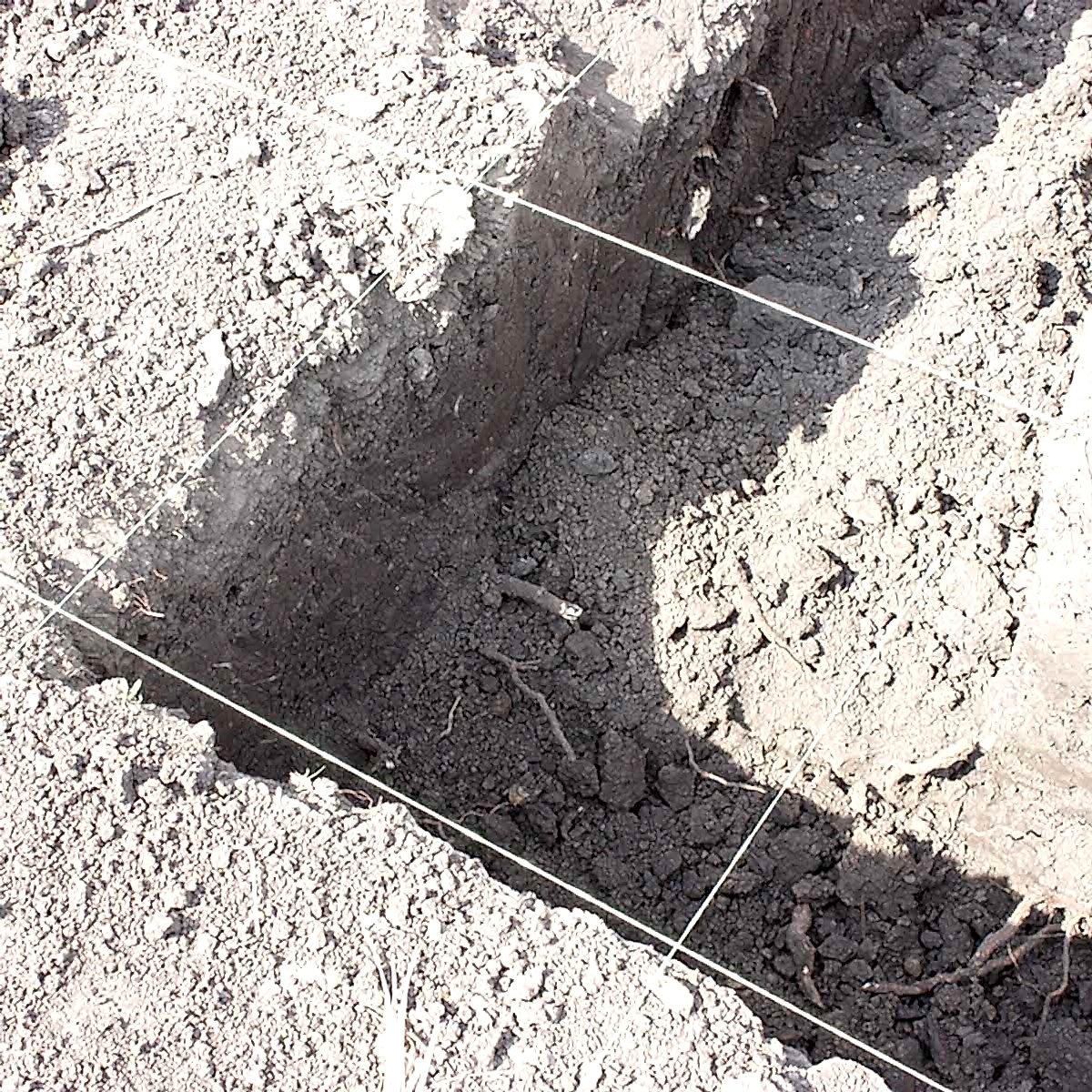
Create an 18-Inch Space Between Soil and Wood
Any place that you have wood that you want to protect—especially siding and decks—you should try to separate it from soil (where termites linger) by at least 18 inches. This is enough to keep termites uninterested. The easiest method is to use a gravel bed, which can serve as DIY termite control and good drainage at the same time.
8 / 13
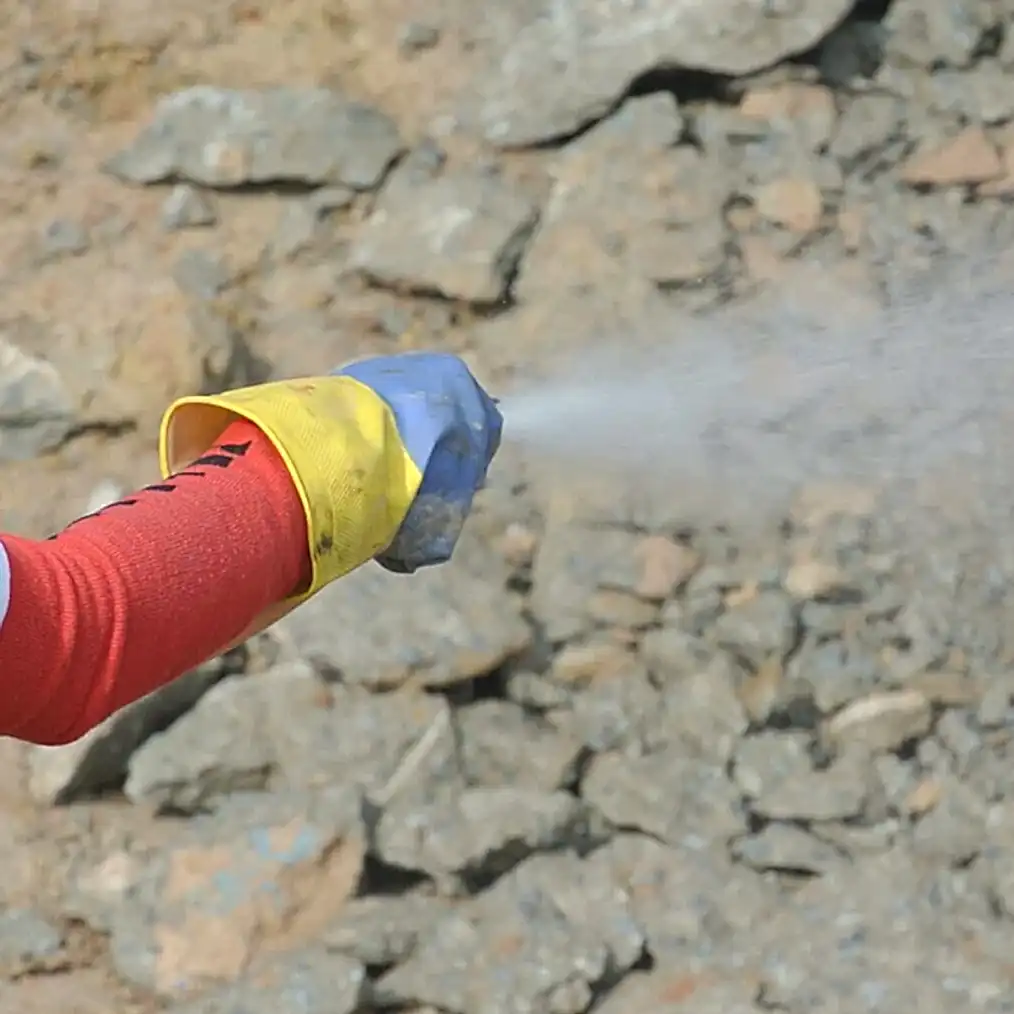
Dig a Trench and Apply Termiticide
Did you just get over a harrowing termite problem? If so, you probably want to make sure it never happens again. This DIY termite control project is quite effective: Dig a trench around the entire problem area and fill it with a foam-based non-repellent termite insecticide. “Non-repellent” means that termites won’t be driven away from it, but rather they try to move through it and die. And it’s ideal for stopping repeat encounters.
9 / 13
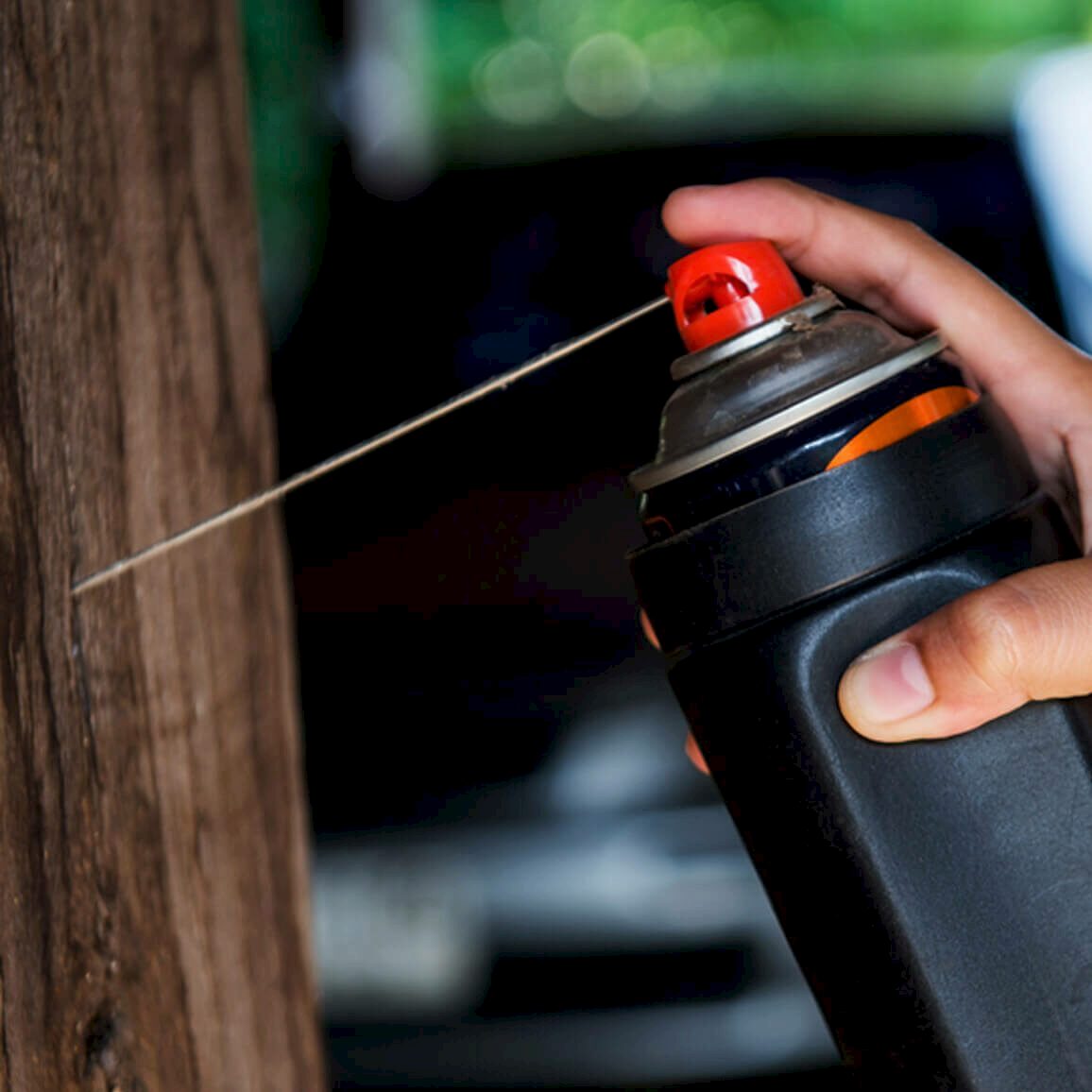
Use Repellent Termiticide on Safe Wood Structures
Repellent termiticides help you protect wood that has not yet been located by termites. Use it around sheds, decks, fences and similar areas to help prevent termites from discovering them.
10 / 13
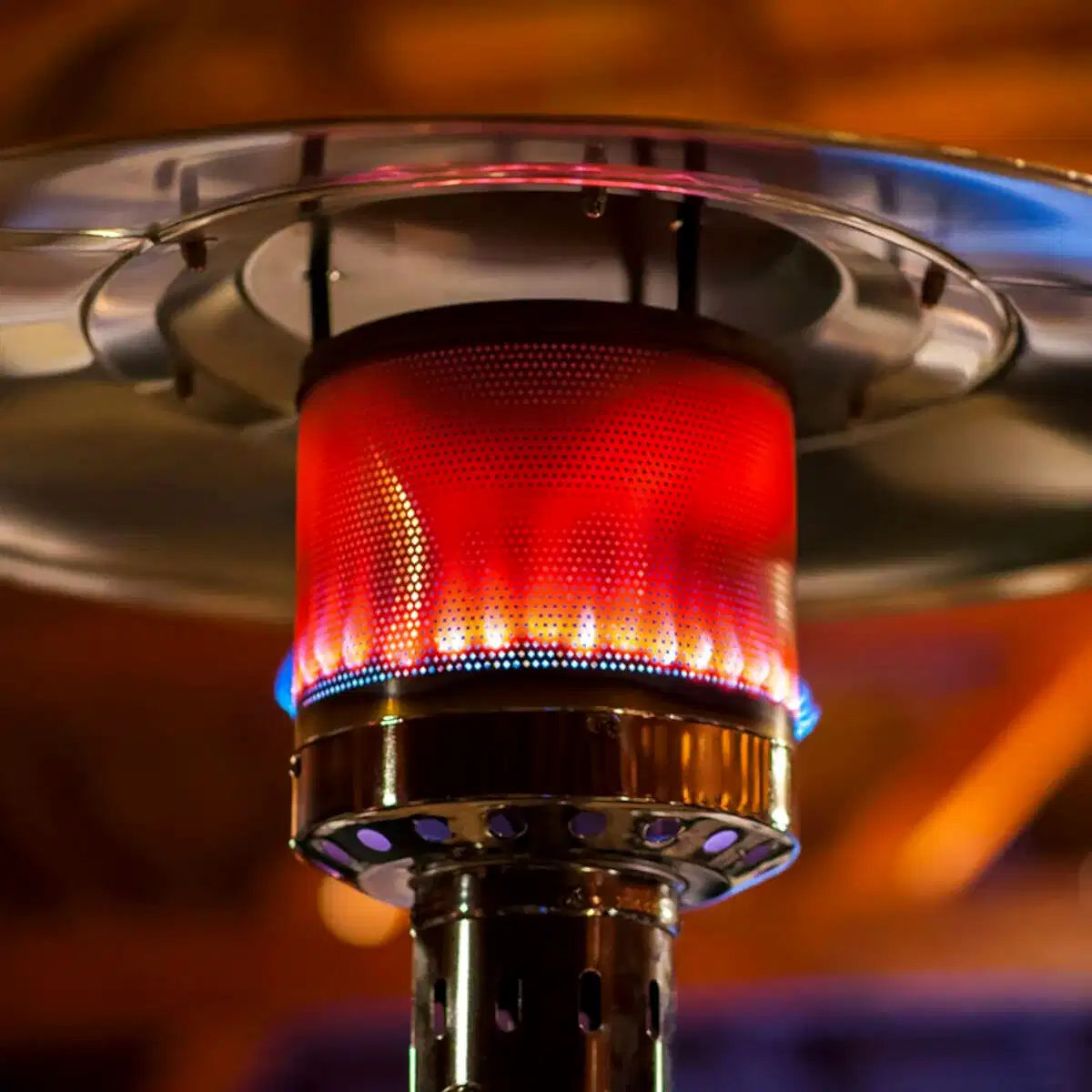
Heat Can Also Kill Termites
Termites are heat-sensitive, so heat can be an excellent termite repellent and an easy homemade termite killer. If you can heat up a space to at least 120 degrees F. for at least half an hour, the termites there will die. This is a cost-effective way for DIY termite control without using pesticides. However, you can’t try this near plastics or wiring, and it doesn’t work as well on especially large beams, so be careful.
11 / 13
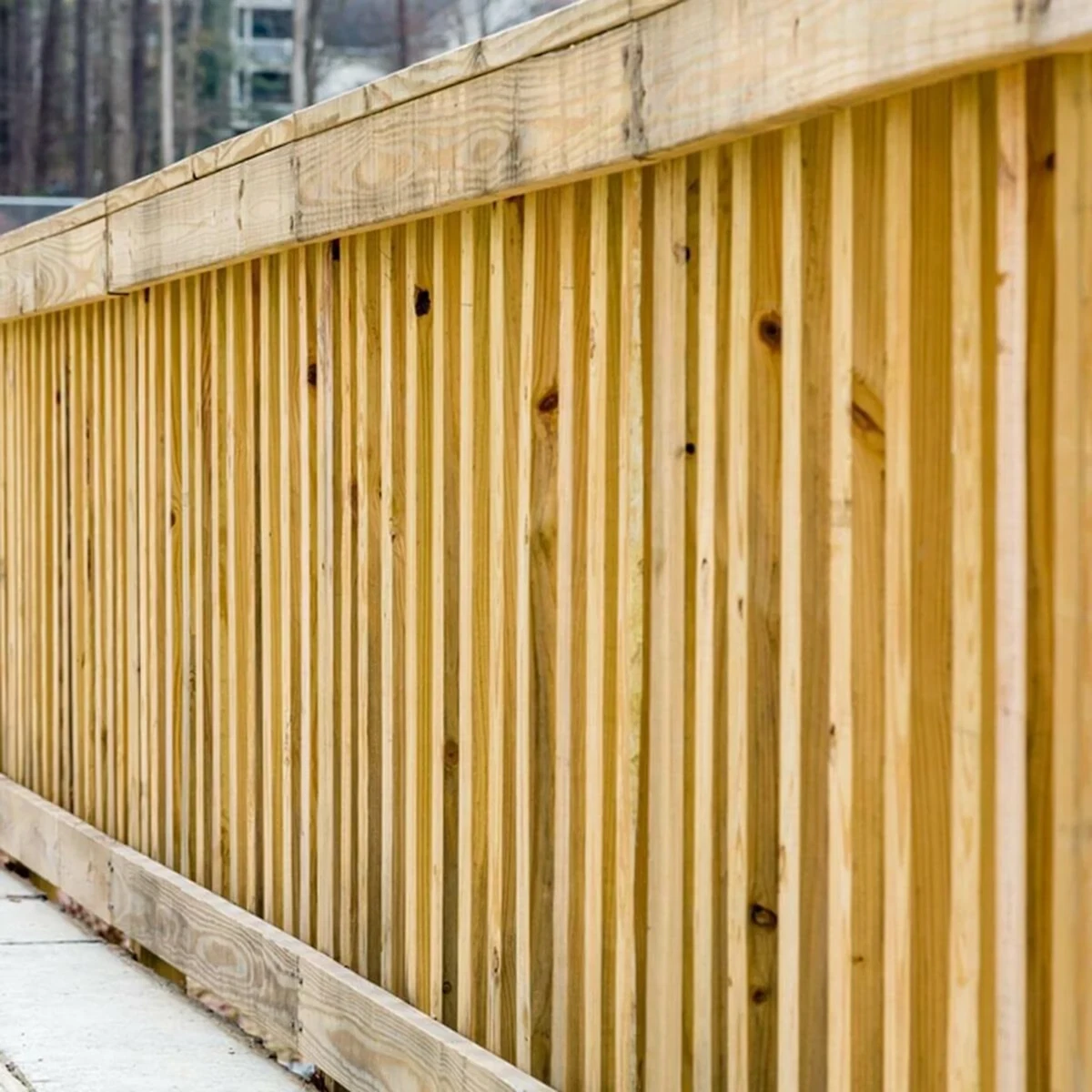
Building in the Garden? Buy Treated Wood
When building something new for your garden or yard, remember to use pressure-treated wood to help prevent termite damage. Termites rarely try to eat wood combined with chemicals.
12 / 13
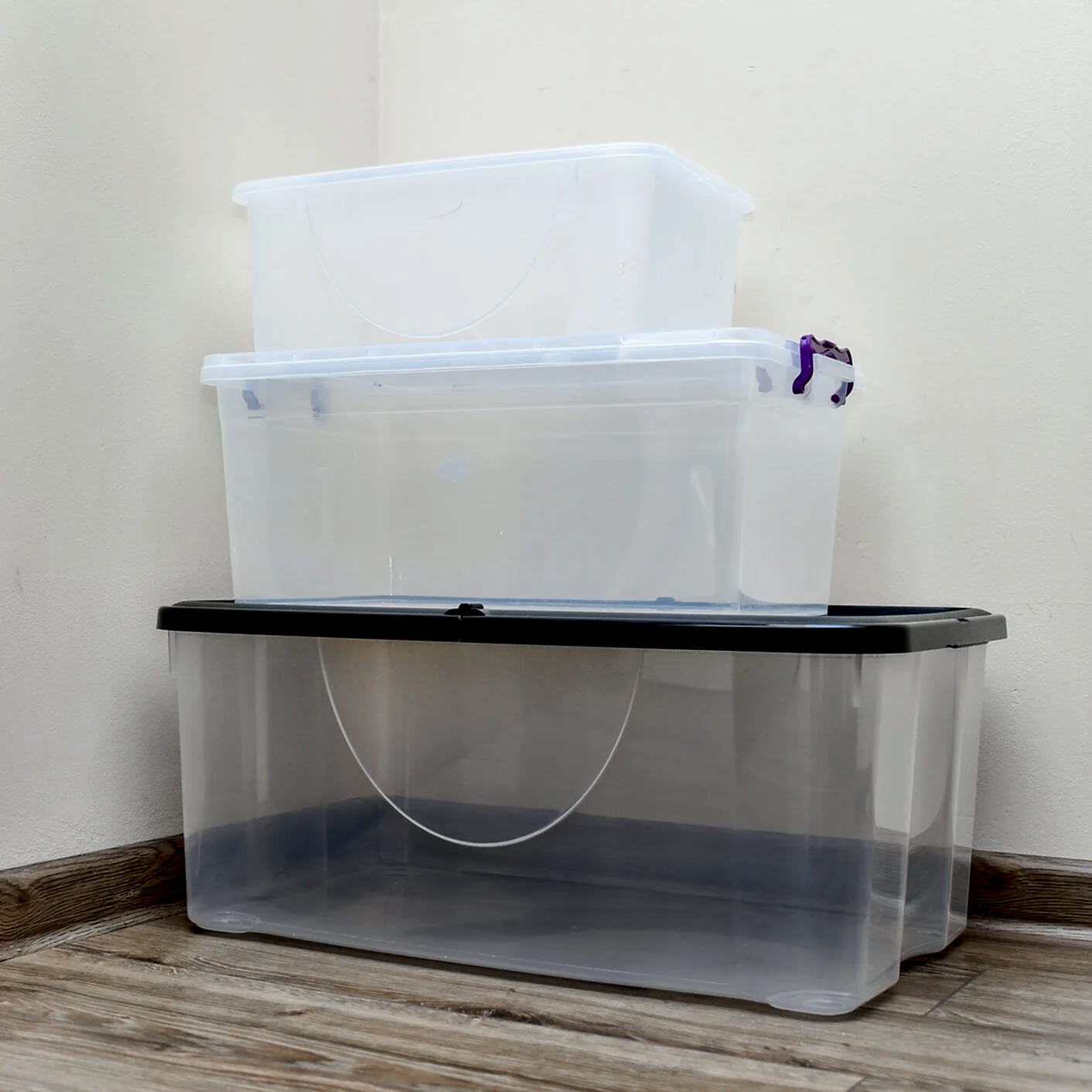
Use Plastic for Storage
Cardboard is another big draw for termites. If you store anything in cardboard around your house or garage, replace that cardboard with plastic bins. If you store cardboard for recycling, make sure it’s in a recycling bin and not just piled up somewhere.
13 / 13
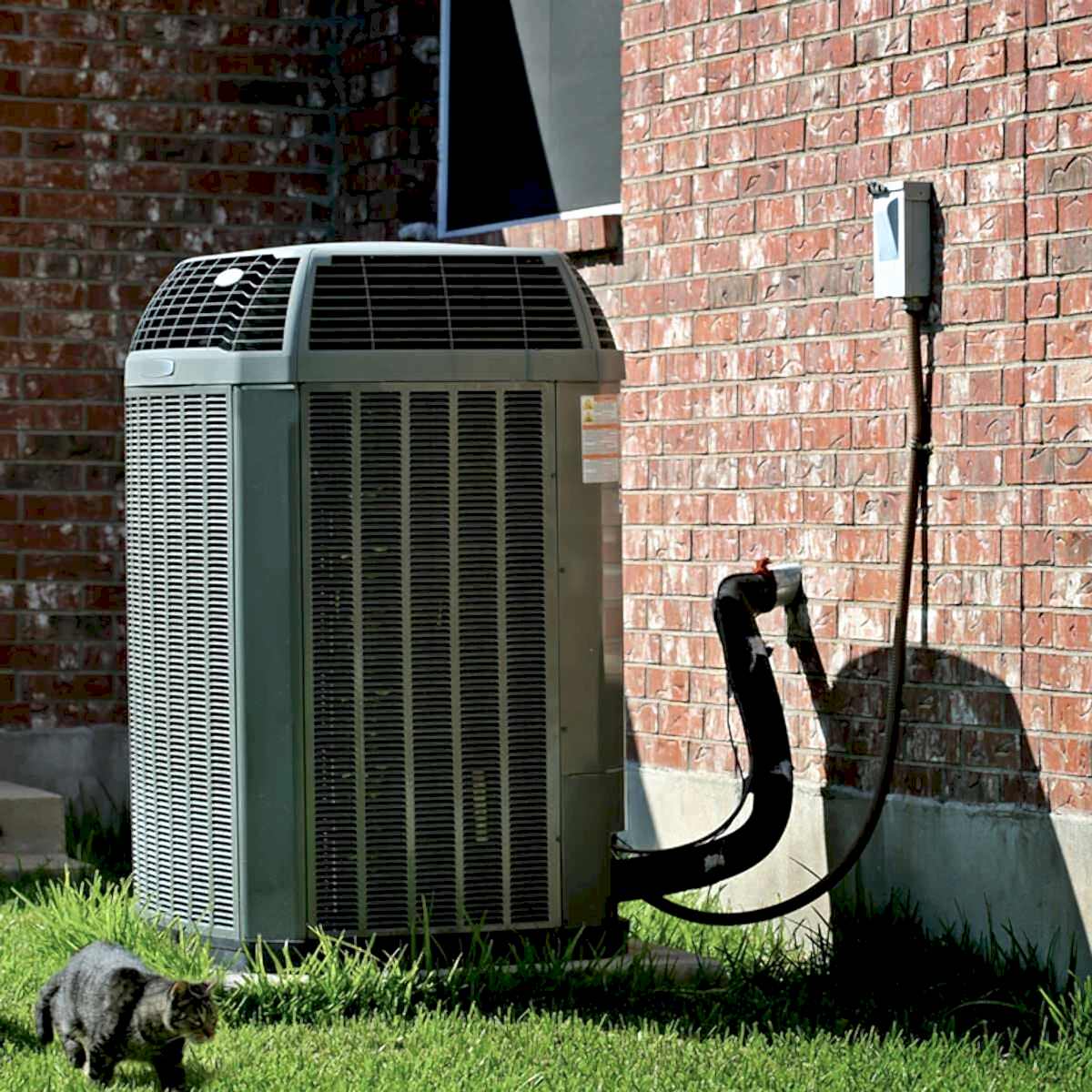
Guard Your Air Conditioner
Because of the way that air conditioners and heat pumps work, they are always creating and draining moisture via a natural condensation process that occurs as temperatures change. And that’s one type of moisture that you won’t be able to eliminate. It’s important to make sure that your AC unit is difficult for termites to find, and that your moisture drainage system is clear and carries water way instead of depositing it near your house.
